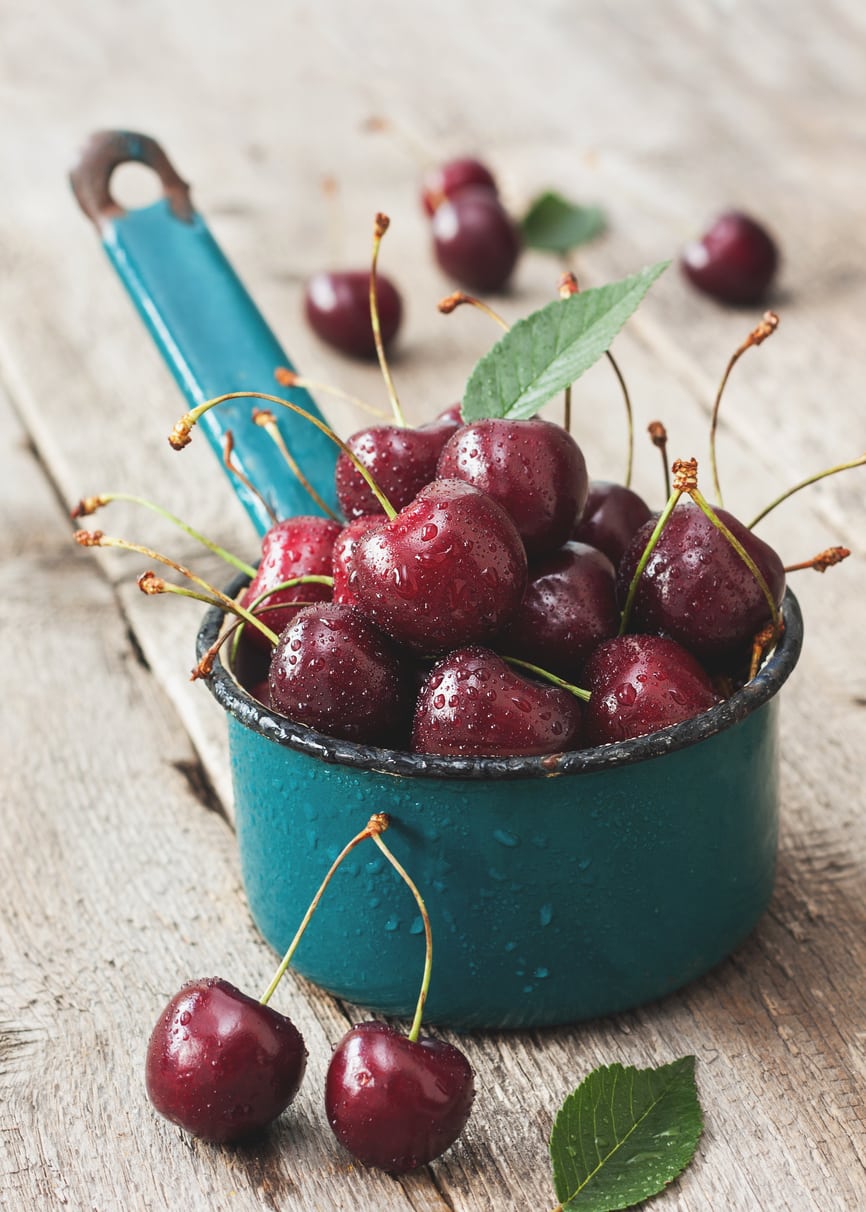Van Cherry Care Info: Learn About Growing Van Cherries


Van cherries are attractive, cold-hardy trees with shiny foliage and clusters of white, springtime blooms followed by delicious, reddish black cherries in midsummer. The beauty continues in autumn when the leaves turn a shade of brilliant yellow. Interested in growing Van cherries? It isn’t difficult, but the cherries require cool winters in USDA plant hardiness zones 5 through 8. Read on and for more information.
Van Cherry Uses
Van cherries are firm, sweet, and juicy. Although they’re delicious eaten fresh, they can also be incorporated into cooked dishes and a variety of desserts, including pies and sorbets. The cherries are often used in jams, jellies, and sauces and can be preserved by freezing or drying. Van cherries pair well with a number of sweet and savory foods, including smoked meats, cheese, pork, poultry, or leafy greens.
Growing Van Cherries
Plant the cherry trees in late fall or early spring. Van cherries require well-drained soil and full sunlight. Allow at least 15 to 18 feet (3-4 m.) between each tree. Van cherry trees require a pollinator nearby. Recommended varieties include Stella, Rainier, Lapins, and Bing. However, any sweet cherry will work, with the exception of Regina. Water cherry trees deeply every 10 days or so if conditions are dry. Otherwise, normal rainfall is usually sufficient. Be careful not to overwater. Mulch Van cherry trees with about 3 inches (8 cm.) of compost, bark, or other organic material to prevent moisture evaporation. Mulch will also keep weeds in check and prevent temperature fluctuations that can trigger splitting fruit. As a general rule, Van cherry trees need no fertilizer until they begin bearing fruit. At that point, fertilize in early spring using a low-nitrogen fertilizer. Never fertilize after July. Prune cherry trees in late winter. Remove dead or damaged growth and branches that cross or rub other branches. Thin the center of the tree to improve air circulation. Regular pruning will also help prevent powdery mildew and other fungal diseases. Pull suckers from the base of the tree throughout the season. Otherwise, suckers, like weeds, will rob the tree of moisture and nutrients.
Harvesting Van Cherries
In proper growing conditions, Van cherry trees begin producing fruit in four to seven years. Harvest when the cherries are sweet, firm, and a deep red – mid-June in most climates.
Sign up for the Gardening Know How newsletter today and receive a free copy of our e-book "How to Grow Delicious Tomatoes".

A Credentialed Garden Writer, Mary H. Dyer was with Gardening Know How in the very beginning, publishing articles as early as 2007.